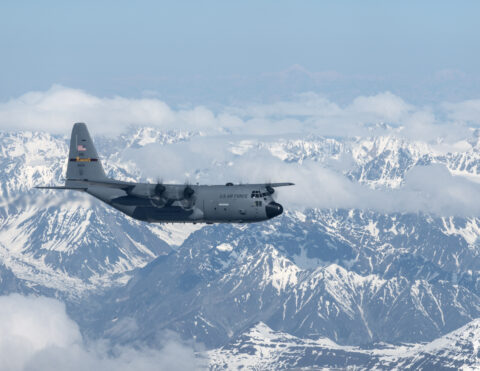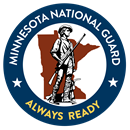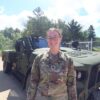133rd Airlift Wing Participates in RED FLAG-Alaska 24.2

JOINT BASE ELMENDORF-RICHARDSON, Alaska— RED FLAG-Alaska is a Pacific Air Force-sponsored exercise from May 30 through June 14, designed to provide realistic training in a simulated combat environment enabling joint combined forces to exchange tactics, techniques, and procedures while improving interoperability with fellow allied forces.
Approximately 3,100 service members are expected to fly, maintain, and support more than 100 aircraft from four nations scheduled to participate in Red Flag-Alaska 24-2, including Airmen from the Minnesota National Guard’s 133rd Airlift Wing.
“Participating in RED FLAG-Alaska 24-2 is a fantastic way for our people to be exposed to and solve strategic, tactical, and logistical problems while overcoming realistic scenarios,” said U.S. Air Force Maj. John Borsenberger, team leader, 133rd Airlift Wing. “It has been nearly 10 years since the 133rd Airlift Wing, Minnesota National Guard, has participated in this premier exercise.
The Pacific Air Forces-sponsored exercise is scheduled from May 30 through June 14 with primary flight operations over the Joint Pacific Alaska Range Complex and aircraft based at Eielson Air Force Base and Joint Base Elmendorf-Richardson, Alaska. Red Flag-Alaska is designed to provide realistic training in a simulated combat environment enabling joint combined forces to exchange tactics, techniques and procedures while improving interoperability with fellow servicemembers.
“During our time here, our C-130 Hercules and crews will carry out the following types of missions: airdrops of cargo, personnel airdrops, and landing on dirt runways in remote Alaska,” Borsenberger shared. “Everyone from the 133rd is looking forward to participating in this exercise and representing the C-130 Hercules community, the U.S. Air Force, and the state of Minnesota.”
Red Flag-Alaska training spans from individual skills to complex, large-scale joint engagements. The exercises can be adapted to integrate various forces into a realistic threat environment using the more than 77,000 square miles of airspace in the Joint Pacific Alaska Range Complex, which is the largest combat training range in the world.
Story by Master Sgt. Amy Lovgren


